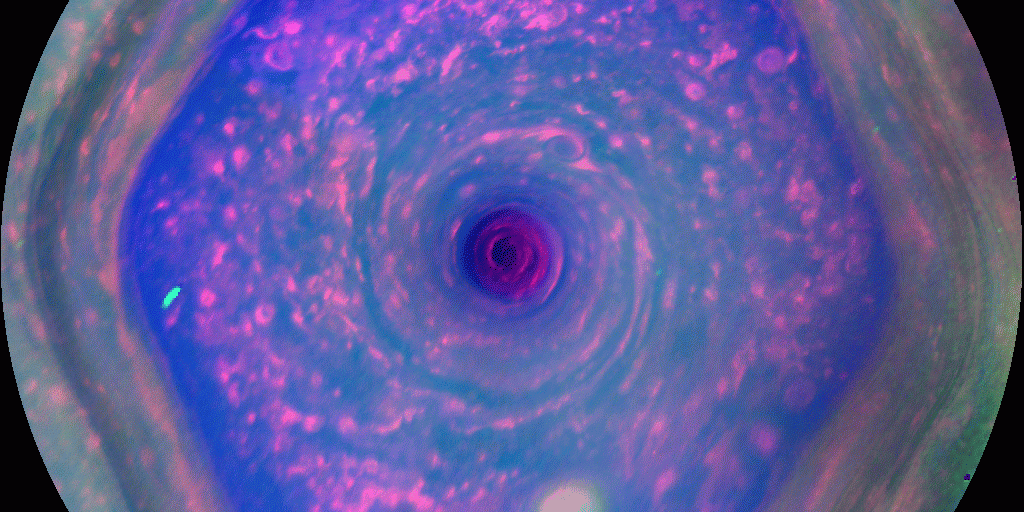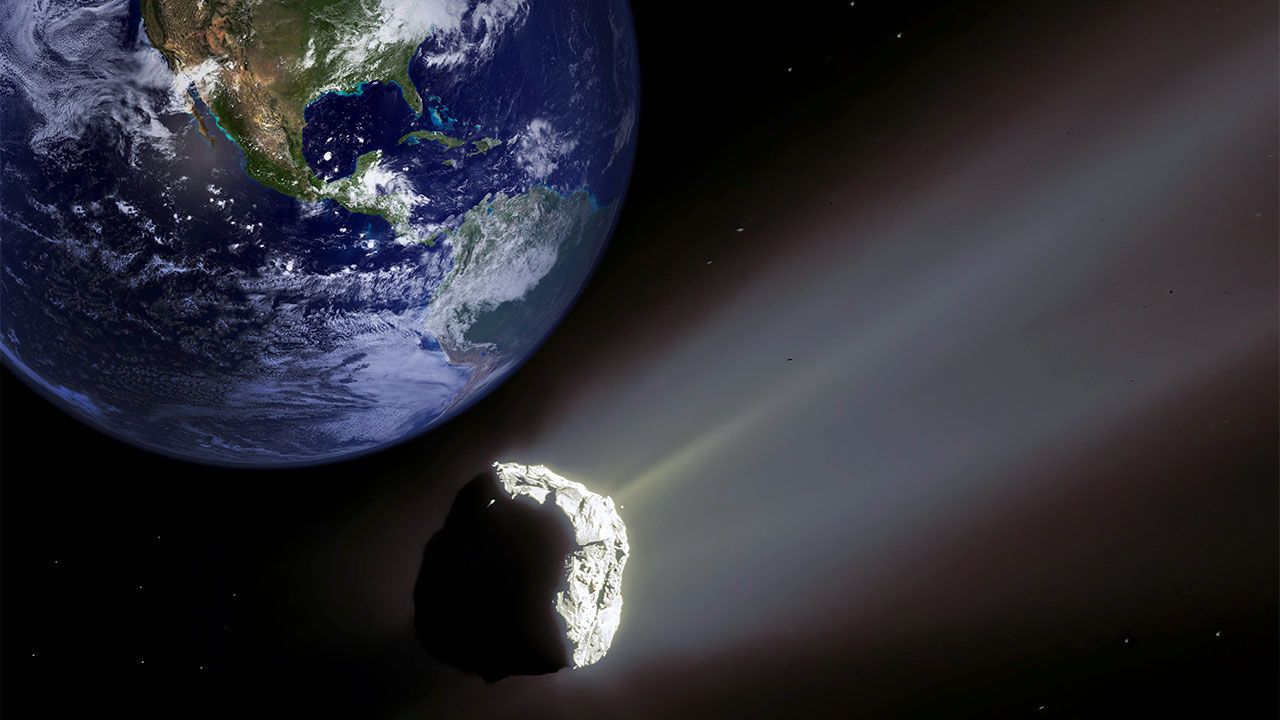New data from NASA’s Juno probe show that Jupiter’s magnetic field is unlike any seen around other planets.
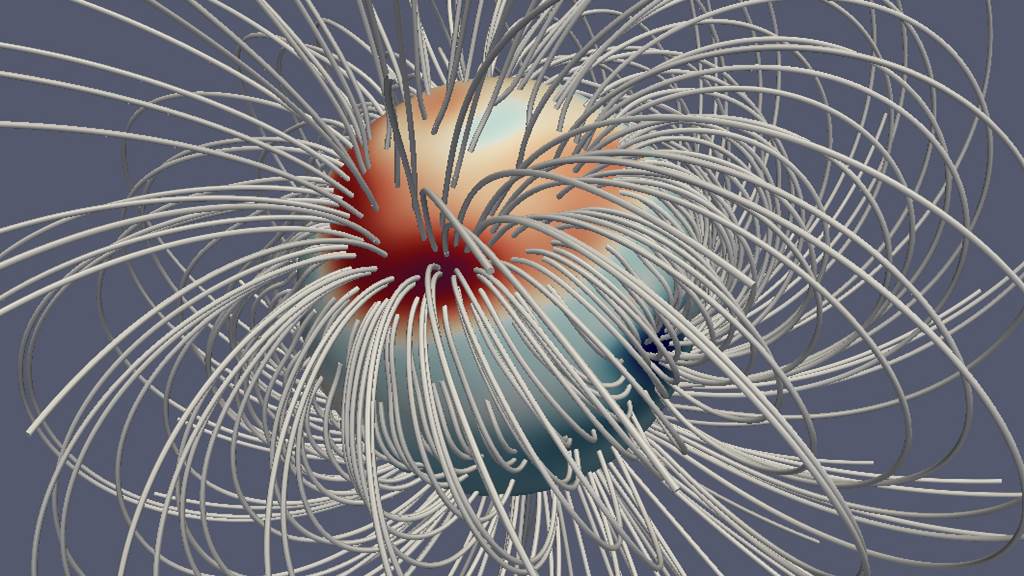

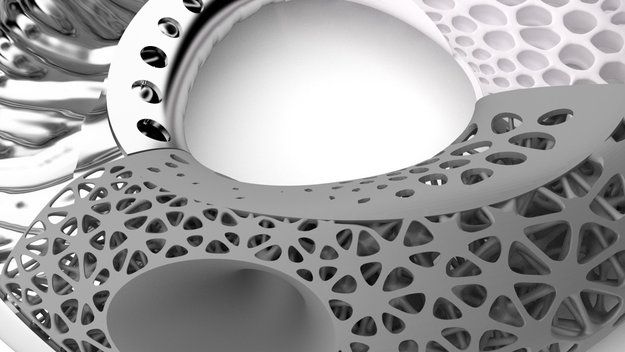
The German start-up company ELiSE creates the DNA of a technical part. Based on the DNA, automated design processes are used to find the best solution which considers all predefined constraints and which is produced by additive manufacturing. Meet ELiSE at ESA’s Start-ups Zone powered by ESA space solutions at IAC 2018.
The U.S. Army is eyeing a system that traps military drones while they’re on the move, which could help the devices avoid detection by enemies.
Living in space is helping us save the environment back on earth — here’s just one of the ways. #SpaceFacts
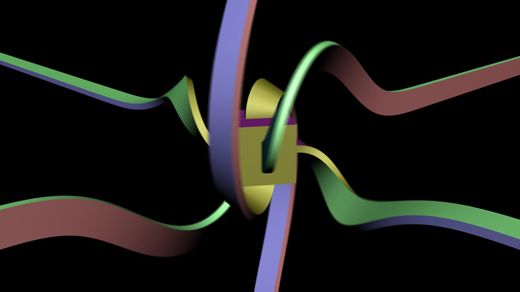
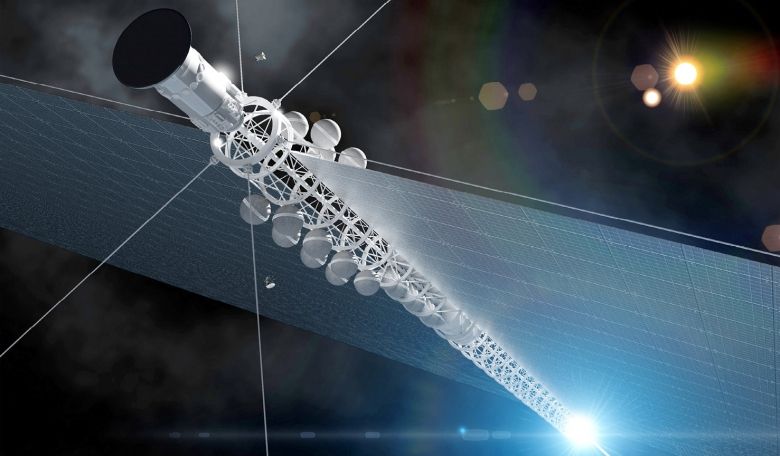
Almost anyone who has looked into the night sky has wondered if we could ever travel to the stars. Today, for the first time in history, we might be only decades away from sending a spacecraft to a star, reaching it within the 21st century. Here, Andreas Hein looks into the possibilities and challenges associated with getting to the stars and asks if humans will ever set foot on an exoplanet.
Flying to another star is incredibly difficult, first and foremost due to the distances involved. Imagine for a moment that the distance between our Sun and the Earth is one metre. The Sun would be the size of a grain of salt on this scale. Still, the closest star to our Sun, Proxima Centauri, would be more than 265 km away. At this scale, the farthest human-made object, the Voyager 1 probe, would be at a distance of about 141 metres from the Sun, increasing its distance by about 3.6 metres per year. In reality Voyager 1 flies at an astonishing velocity of 17 km/s; at this velocity, a flight to Proxima Centauri would take about 75,000 years. This timescale sounds hopeless but it does also mean that, in principle, we can already send spacecraft to other stars. Voyager 1 is heading towards the star Gliese 445 and Voyager 2 towards Sirius.
When we talk about interstellar travel however, we commonly mean that we can reach another star within an acceptable timeframe. What is an ‘acceptable timeframe’ though? The team that designed the Daedalus spacecraft, a hypothetical fusion-propelled interstellar probe, argued that an acceptable trip duration would be about the working life of a scientist, roughly 50 years. Breakthrough Starshot, an ongoing project for laser-propelled interstellar probes, is aiming at 20 years to Proxima Centauri.
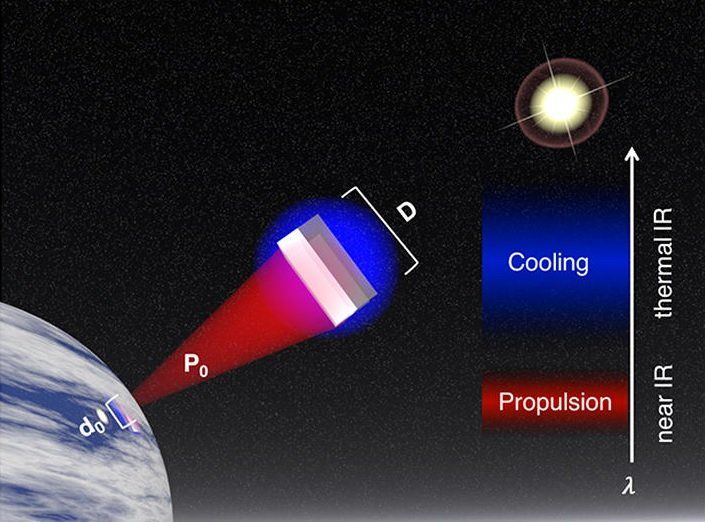
One day in the not-so-distant future, light sails may hurtle through space at speeds of around 20% of the speed of light (or 60,000 km/sec), propelled not by fuel but rather by the radiation pressure from high-power lasers on Earth. Traveling at these relativistic speeds, laser-powered light sails could reach our nearest neighboring star (other than the Sun), Alpha Centauri, or the nearest known potentially habitable planet, Proxima Centauri b, in about 20 years. Both objects are a little more than four light-years away.

Created to honor the legacy of a beloved space industry pioneer and accomplished pilot, Dawn Brooke Owens (1980 – 2016), the Brooke Owens Fellowship is designed to serve both as an inspiration and as a career boost to capable young women who, like Brooke, aspire to explore our sky and stars, to shake up the aerospace industry, and to help their fellow men and women here on planet Earth. We do this by matching thirty-six extraordinary women per year with purpose-driven, paid internships at leading aviation and space companies and organizations and with senior and executive level mentors.
